At Yosemite National Park, officials have encountered a recurring issue with improperly disposed of toilet paper.
In a recent Instagram post, the National Park Service highlighted this problem, noting its prevalence even in wilderness areas like Rancheria Falls. They described the scene vividly: “Picture this: Yosemite’s majestic wilderness, stunning vistas, and… surprise! Used toilet paper waving hello near Rancheria Falls—a full roll too!”
Official Advice on Toilet Paper Disposal

In their communication, Yosemite’s National Park Service urges visitors to handle waste more responsibly under the guideline to keep things “clean and classy”.
They offer specific advice on toilet paper disposal, suggesting that visitors use a cheeky approach to maintain cleanliness and respect for the environment.
The Challenge with Burying Toilet Paper
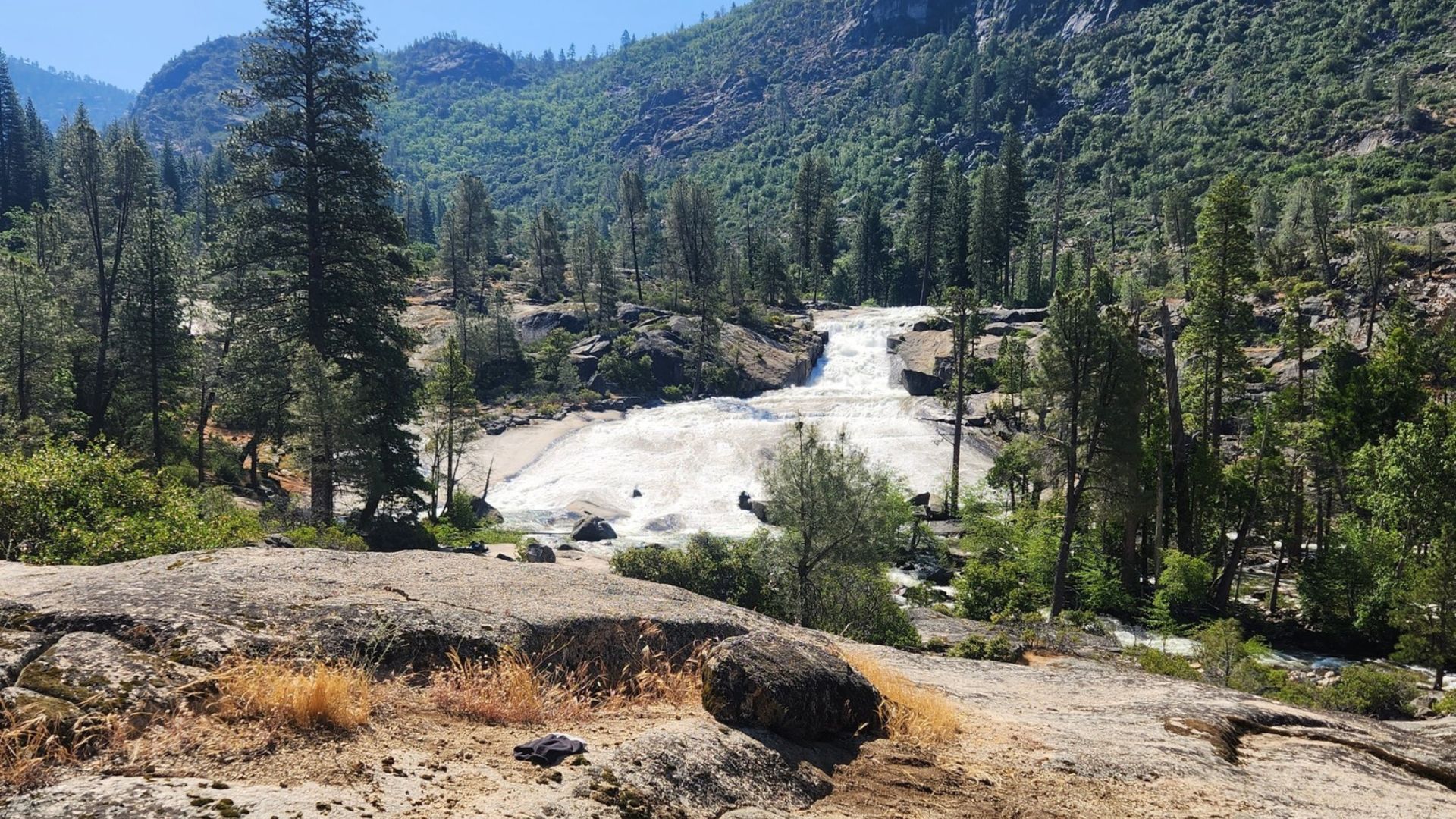
The Park Service points out that burying used toilet paper, while common, is ineffective.
This method often fails as the buried paper can be exposed by weather conditions or unearthed by animals, which use it as nesting material. This creates unsightly and unsanitary conditions in the natural surroundings of the park.
Recommended Solution for Toilet Paper Disposal

To combat the issue, the National Park Service recommends that visitors carry a sealable plastic baggie to store both used and unused toilet paper.
They advise covering the bag with tape to keep it out of sight, emphasizing the importance of visual cleanliness as well as environmental responsibility.
Public Reaction to the Instagram Post
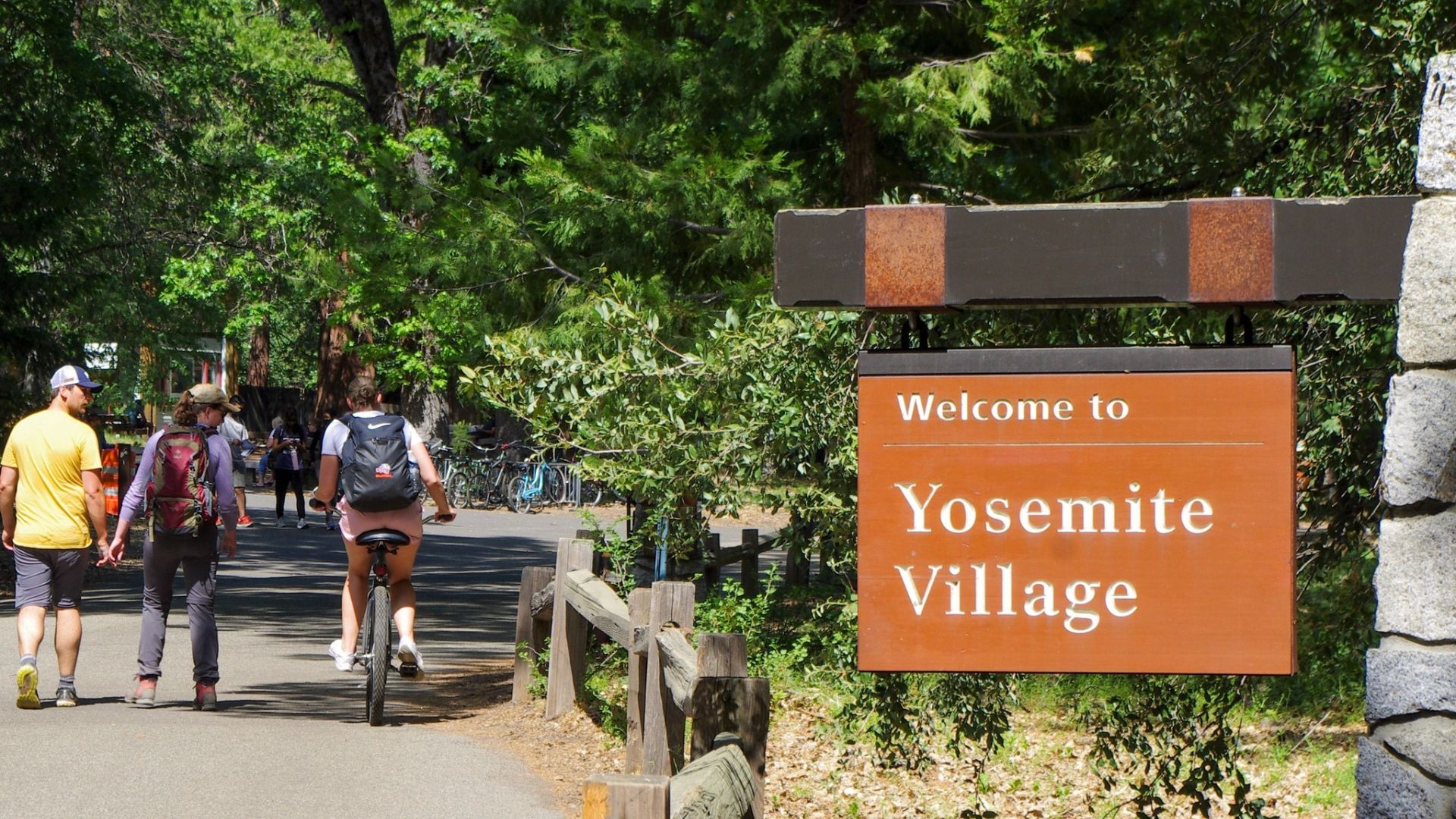
The Instagram post by Yosemite’s National Park Service garnered significant attention, attracting thousands of likes and hundreds of comments.
Many users expressed agreement with the park service’s stance, suggesting additional alternatives for managing waste responsibly in wilderness areas.
Community Feedback and Suggestions
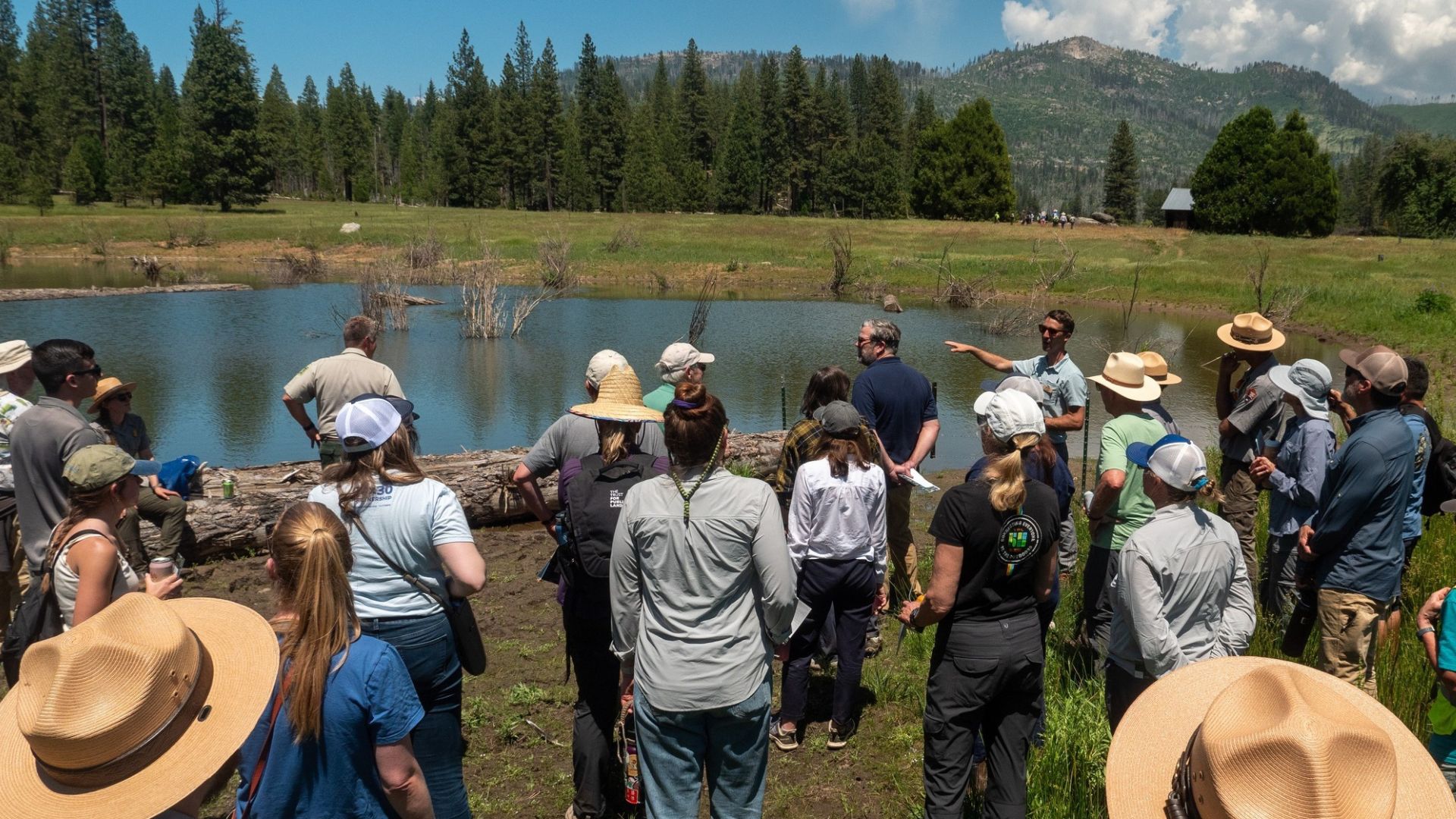
Among the comments, a significant note came from a user named Tina Grimm who strongly expressed, “Sadly I see this all too often and it’s only getting worse. If you’re too lazy to take it back out after carrying it in, DON’T go. The wilderness doesn’t want you.”
This illustrates the community’s frustration with the ongoing issue.
Viral Nature of the Cleanliness Campaign
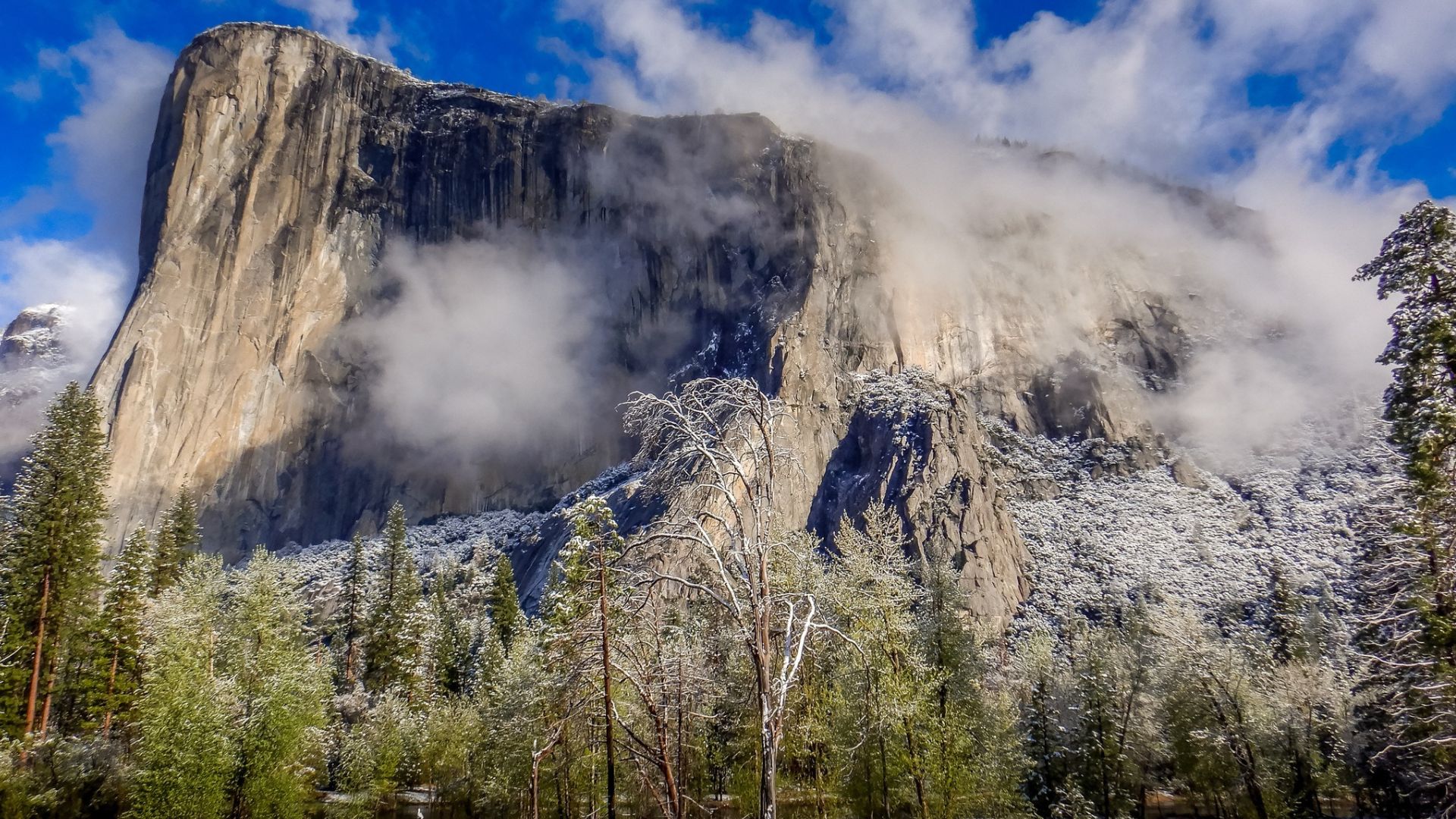
The park’s post struck a chord on social media, reflecting a widespread endorsement of better waste management practices.
The popularity of the post indicates a collective acknowledgment of the issue and a shared commitment to addressing it.
Online Guidelines for Waste Disposal
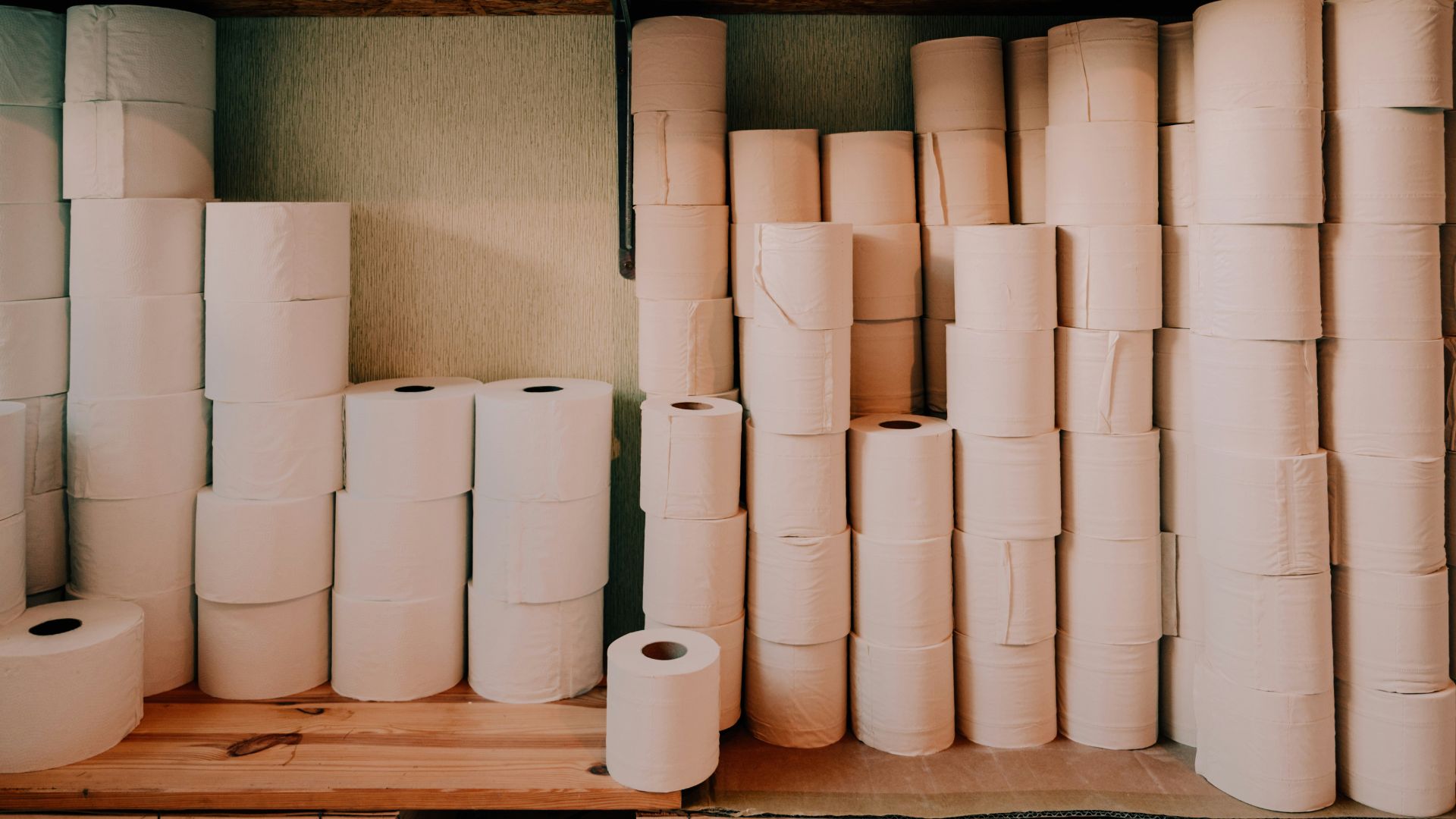
The National Park Service provides online guidelines to educate visitors on proper waste disposal techniques.
These guidelines are designed to help visitors practice the #LeaveNoTrace principles effectively, ensuring the park’s natural environment is preserved for future visitors.
Comprehensive Waste Management Practices
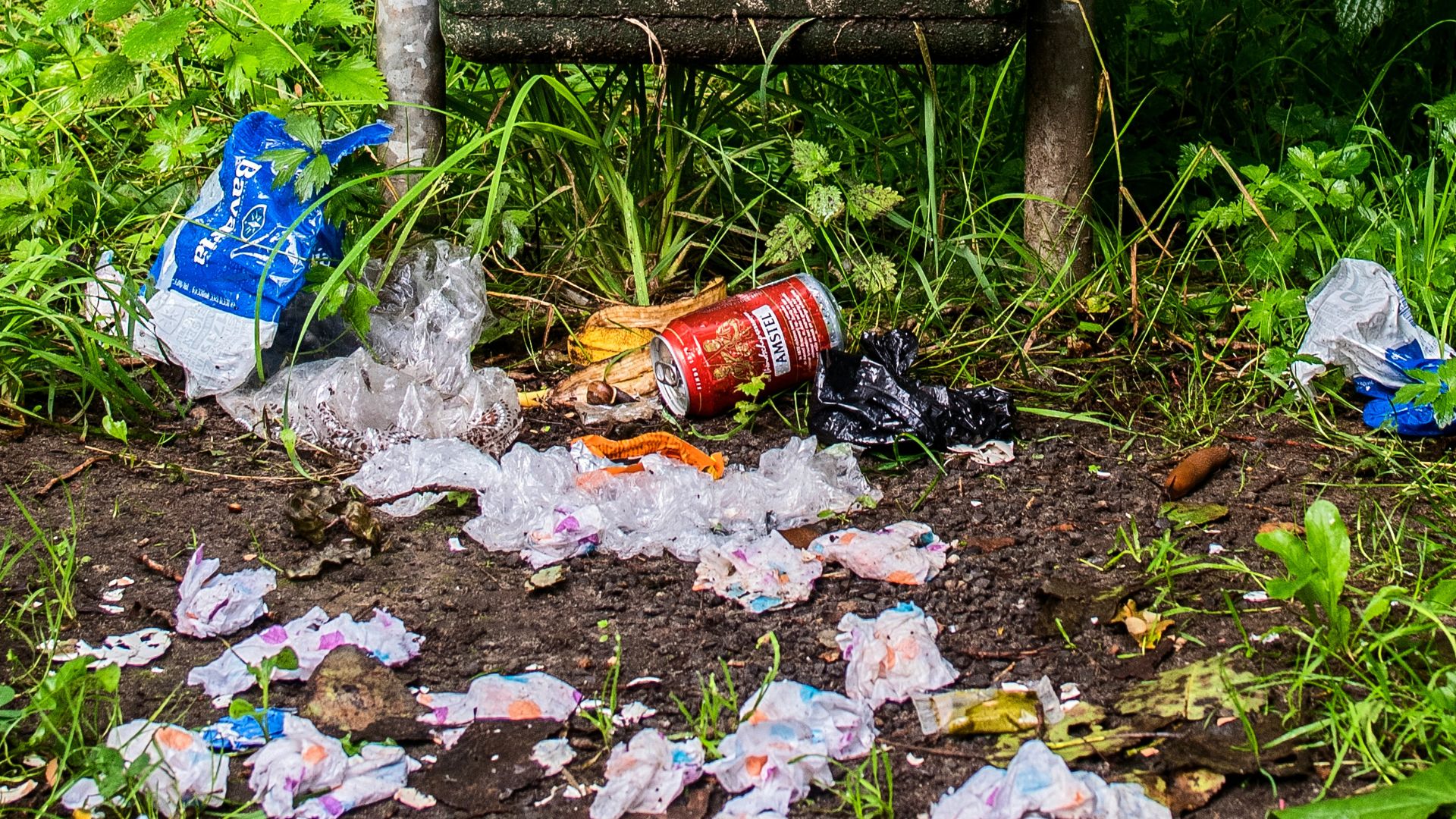
Yosemite’s guidelines advocate for a comprehensive approach to waste management. Visitors are encouraged to carry out all trash, leftover food, and litter to minimize their impact on the environment.
The guidelines stress the importance of thorough site inspections to ensure no waste is left behind.
Specifics on Disposing of Human Waste

For human waste, the Park Service advises digging a cathole in the soil, six inches deep, at least 100 feet from water, campsites, and trails.
Once used, the cathole should be covered and disguised to maintain the natural integrity of the environment.
Additional Hygiene Practices
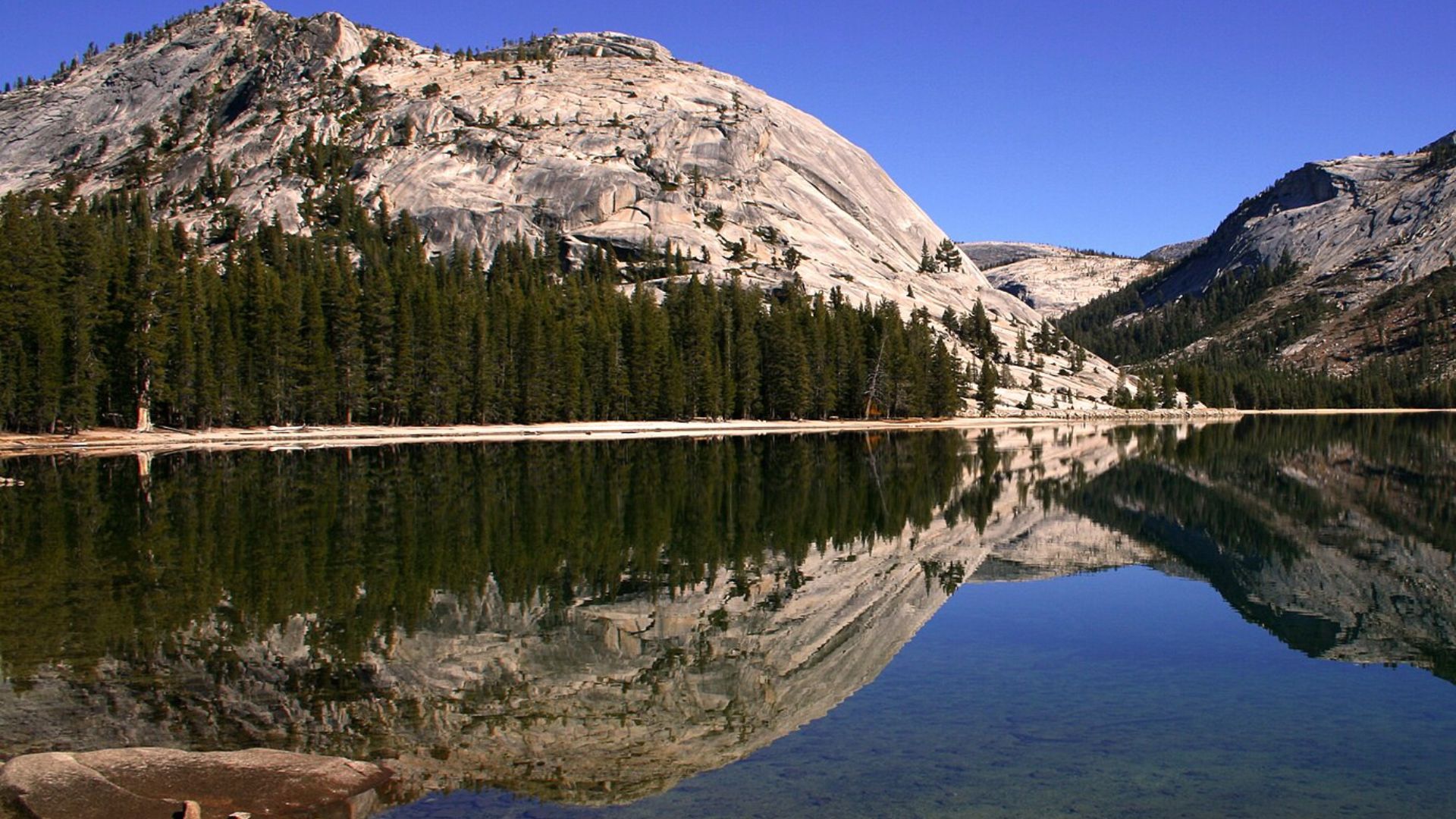
Beyond toilet paper, the guidelines also cover the disposal of other hygiene products. Visitors are instructed to pack out these items.
For washing, the guidelines recommend carrying water 100 feet away from any water body and using small amounts of biodegradable soap to minimize ecological impact.
Final Reminder to Preserve Yosemite’s Beauty

The National Park Service’s message is clear: visitors must take all necessary steps to ensure they leave no trace of their visit.
This practice helps preserve the beauty and pristine condition of Yosemite National Park, making it a welcoming place for all future visitors.
